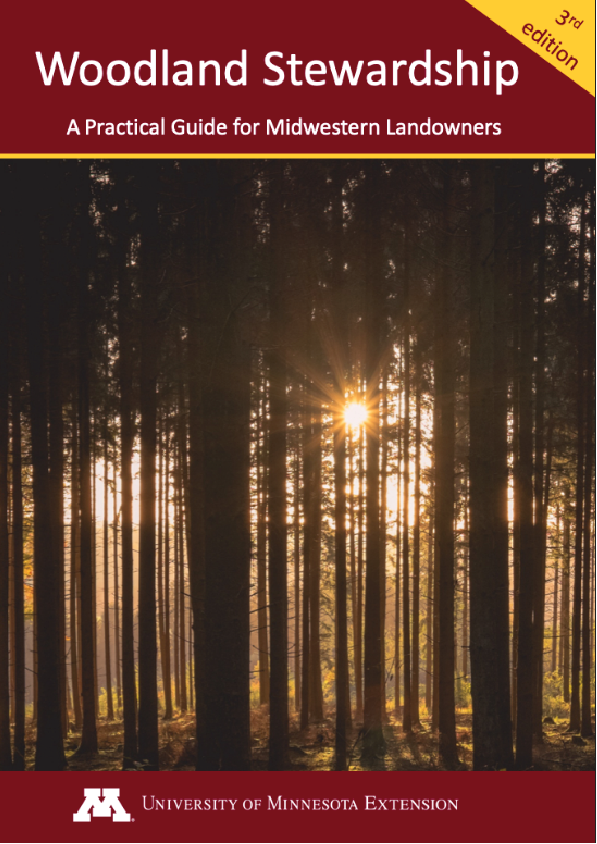Work with a Forester and other Natural Resource Professionals
Forestry is a science that requires an understanding of how trees grow, reproduce, and respond to changes in the environment. Foresters have a knowledge of forest ecosystems and processes and have experience in managing forests. Depending on your interests and resources, you may also need to work with other experts in fields such as wildlife, soil, water, and recreation. Your state department of natural resources and some soil and water conservation districts have foresters available to visit your woodland, answer your questions, and help you prepare a woodland stewardship plan. Private consulting foresters are independent contractors who help landowners prepare woodland stewardship plans, market timber, plant trees, or perform any other management practices. Forest products companies employ foresters to buy timber from private lands. Some of these foresters also write management plans for woodland owners.
Sources of Technical Assistance
Service Foresters
Many forestry state agencies (e.g., Department of Natural Resources) have professional foresters on staff which are available to visit your land and answer any questions that you might have. The role of these service foresters is to motivate and guide woodland owners to practice sustainable forestry. Service foresters make “woods” calls with personalized, individual service, and they administer a number of planning, property tax incentive and cost-sharing programs.
Private Consulting Foresters
Private consulting foresters are independent contractors that perform technical forestry work on a fee or contract basis for work they do. Private consulting foresters provide a wide range of woodland management services.
Industry Foresters
Many forest products companies employ foresters to work with private woodland owners to procure timber from your woodlands. Many companies will provide management services in return for the right to bid first on your timber when you are ready for a harvest.
A goal might help you answer the following question, “What outcomes do you seek from owning your woodland?” Your goals provide direction for your actions and the management or care of your woodland. An example of long term SMART woodland goal is:
“Within the next 10 years, I will enhance habitat for the golden winged warbler on 40 acres of my woodland property by working with a wildlife biologist and forester to conduct a timber harvest.”
Start with a list of long term goals, ask your family and the other owners of your property to individually develop their list of goals, then meet with them to blend your lists into one. Finally, prioritize your goals. Review your list of prioritized goals with your forester and natural resource professional; ask them if your goals attainable and relevant to your woodland?
Your natural resource professional will also help you develop short term goals and management actions that will become part of your stewardship plan. Worksheets for goal setting are included in the online resources.
rock piles, stakes, or other means. Clear brush from your property lines to avoid trespassing when you or your neighbors carry out forestry practices. If the boundaries are not clearly identifiable, you may want to have your land surveyed.
Gather historical facts concerning previous land use or management activities that have influenced the development of your woodland. Such activities might include livestock grazing, agricultural cropping, timber harvesting, tree planting, fires, and pest outbreaks. Foresters use information about these events and their timing to analyze the development of existing woodlands and to predict the results of future management practices.











